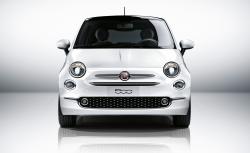
Europe's favourite stylish city car has had a facelift. The Fiat 500 has won 1.5 million hearts worldwide since its 2007 re-birth (70 per cent of them female) and is still the best-selling car in its class, but technological times have changed and tweaks were deemed necessary.
'Due to the car's continuing success there was not a push from marketing to change,' says former head of Fiat Group design Lorenzo Ramaciotti, the man in charge of the new car when its remix was being planned. 'They said: "Do what you want with the engines and infotainment but don't touch the style." But our designers were restless so we wanted to update the details. Keep the car, but change the signature.'
Accordingly, on the outside, the front lamps remain the same shape but their internals now feature an elliptical-style graphic, the low front air-intake offers cool grille 'pins' rather than mesh – akin to those found on the Mercedes A-Class and CLA – and the rear light clusters have become ring-shaped rather than solid, and more three-dimensional in profile too. Inside, the seats have been re-shaped to improve ergonomics and the centre console finally gets an internet-connected infotainment system with a small, five-inch colour touchscreen. While that's progress for the 500, it's still a small screen by modern standards and the system isn't as quick or intuitive as it could be.
Customisation continues on the 2015 model with largely tasteful and myriad options including new exterior colours – including some interesting horizontal two-tones – and smart Prince of Wales check seat upholstery you might normally expect only on more expensive cars (the range starts at £10,690).
The interior area is unchanged, so taller rear passengers will feel cramped (and the boot is a tiny 185 litres), but the fold-back-canvas-on-rails cabriolet version increases the feeling of space, at least. Pick of the engines is the 105hp 0.9 TwinAir petrol manual, which is pleasingly zippy and has a characterful two-cylinder engine noise to reinforce that feeling. Offering 67.3mpg and 90g/km of CO2, fuel costs and emission-based taxes should remain low.
Overall, the 500 is still unlike any other car on the market, its considerable charms still overwhelming despite the changes (and its long-standing shortcomings). As Fiat brand boss Luca Napolitano aptly sums up: 'How can we improve on an icon? By evolving it.' On this evidence, evolution has been delivered.
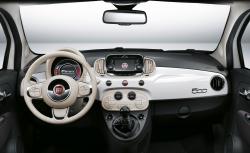
Inside, the seats have been re-shaped to improve ergonomics and the centre console now houses an internet-connected infotainment system

While that's progress for the 500, it's still a small screen by modern standards

'Due to the car's continuing success there was not a push from marketing to change,' says former head of Fiat Group design Lorenzo Ramaciotti, the man in charge of the new car when its remix was being planned
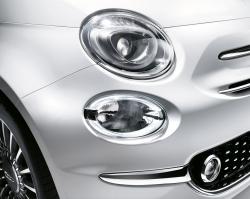
On the outside, the front lamps remain the same shape but their internals now feature an elliptical-style graphic
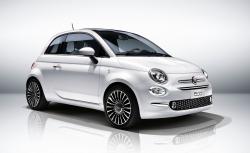
Customisation continues on the 2015 model with largely tasteful and myriad options including new exterior colours – including some interesting horizontal two-tones

Rear light clusters have become ring-shaped rather than solid, and more three-dimensional in profile
Receive our daily digest of inspiration, escapism and design stories from around the world direct to your inbox.
Guy Bird is a London-based writer, editor and consultant specialising in cars and car design, but also covers aviation, architecture, street art, sneakers and music. His journalistic experience spans more than 25 years in the UK and global industry. See more at www.guybird.com
-
 Winston Branch searches for colour and light in large-scale artworks in London
Winston Branch searches for colour and light in large-scale artworks in LondonWinston Branch returns to his roots in 'Out of the Calabash' at Goodman Gallery, London ,
-
 The most anticipated hotel openings of 2026
The most anticipated hotel openings of 2026From landmark restorations to remote retreats, these are the hotel debuts shaping the year ahead
-
 Is the future of beauty skincare you can wear? Sylva’s Tallulah Harlech thinks so
Is the future of beauty skincare you can wear? Sylva’s Tallulah Harlech thinks soThe stylist’s label, Sylva, comprises a tightly edited collection of pieces designed to complement the skin’s microbiome, made possible by rigorous technical innovation – something she thinks will be the future of both fashion and beauty
-
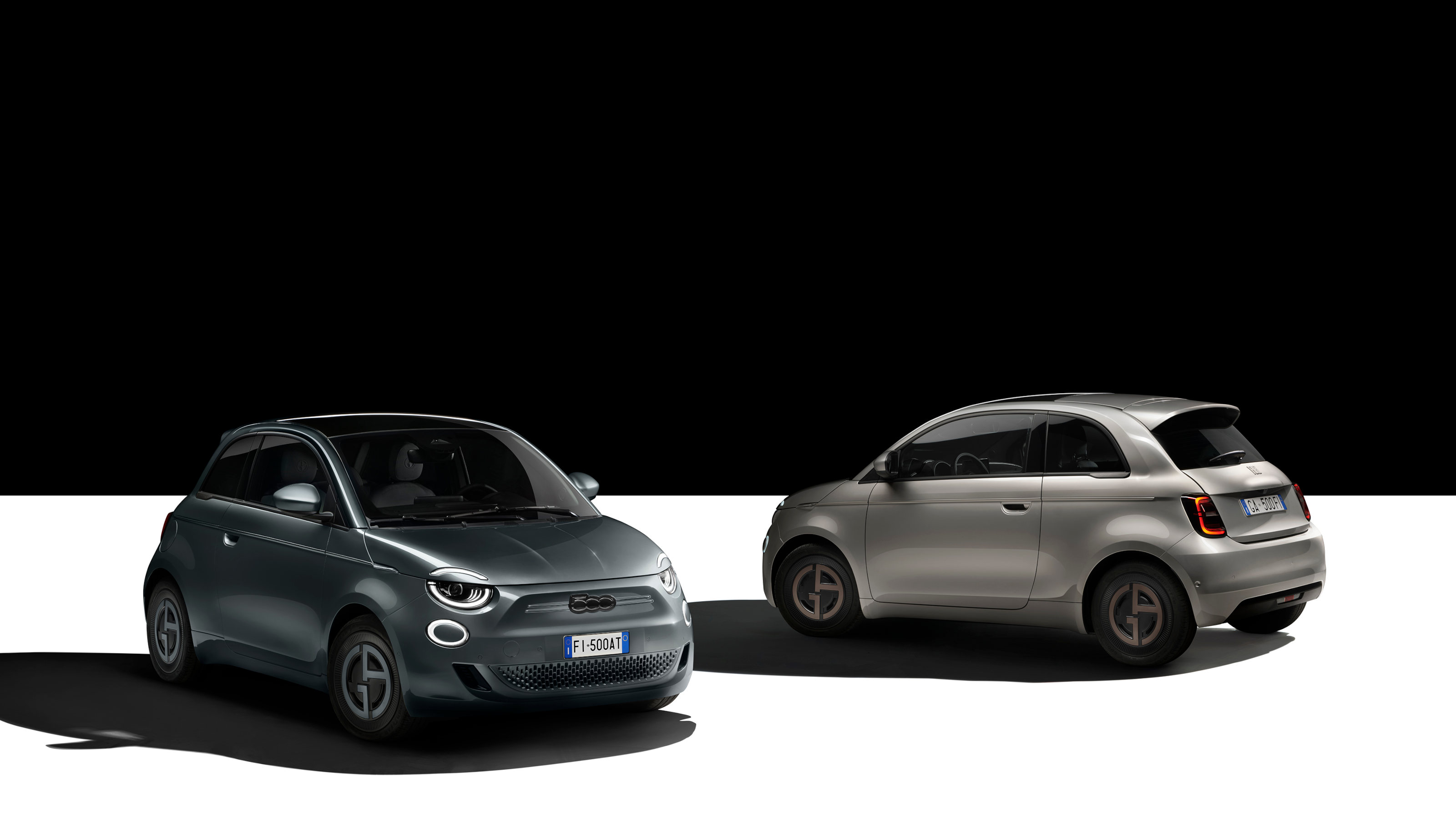 Giorgio Armani takes Fiat’s 500e to another level of urban chic
Giorgio Armani takes Fiat’s 500e to another level of urban chicCompact and chic, the high-spec Fiat 500e Giorgio Armani celebrates the company’s 125th year and the designer’s 90th birthday
-
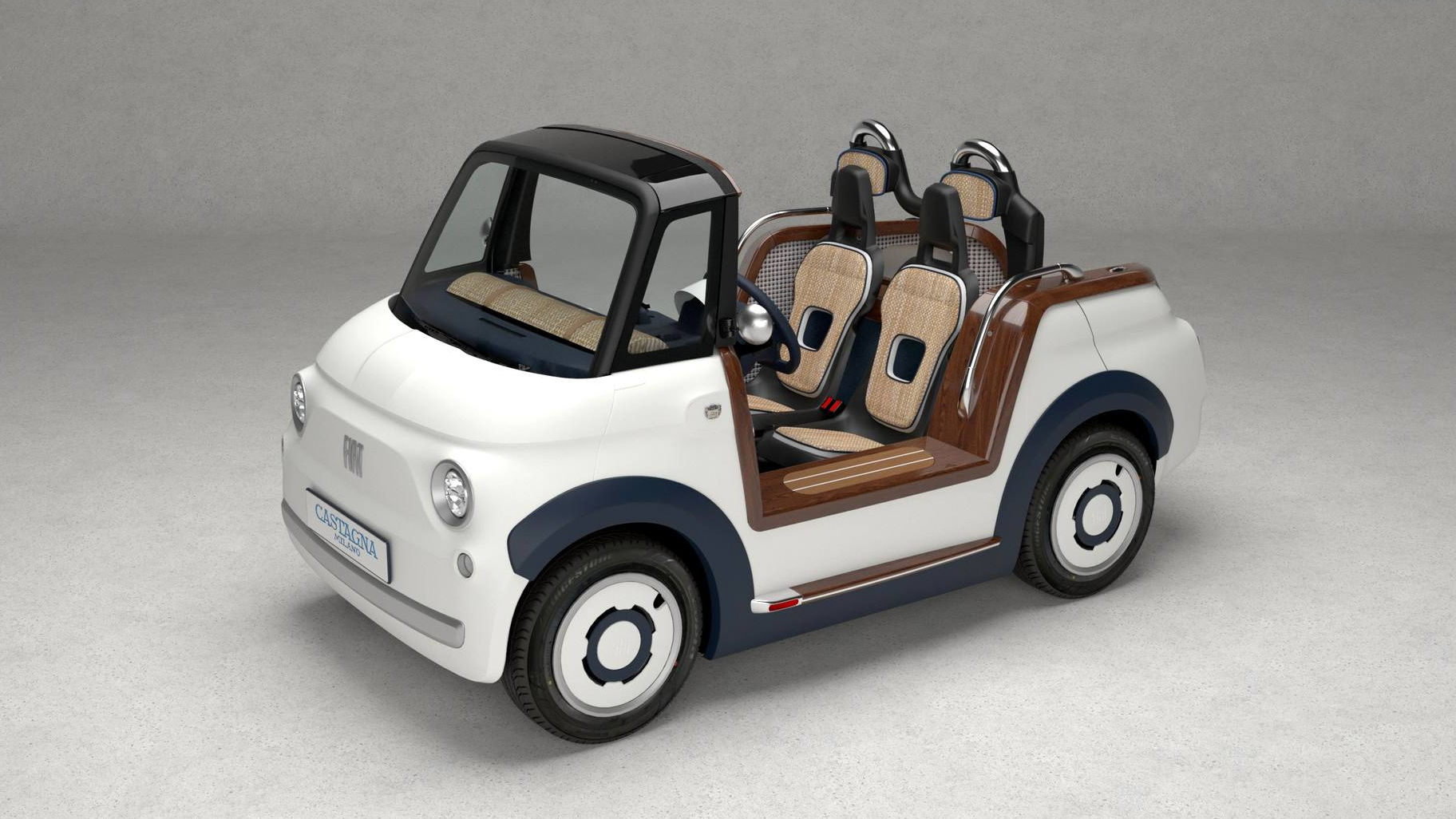 Get beach-ready with this delightful take on the new Fiat Topolino
Get beach-ready with this delightful take on the new Fiat TopolinoThe new Fiat Topolino Spiaggina is Castagna Milano’s modern update of an iconic Italian beach accessory, the Fiat 500 Jolly
-
 Fiat Grande Panda first look: will retro-seeking lightning strike twice?
Fiat Grande Panda first look: will retro-seeking lightning strike twice?This is the new Fiat Grande Panda, a compact hybrid and electric car that brings delightful design back to a well-loved model
-
 Fiat 600e: la dolce vita extended and enhanced
Fiat 600e: la dolce vita extended and enhancedThe sophisticated new electric Fiat 600e sees the marque finally overcome its growing pains
-
 Restomod Italian cars: Lancia, Alfa Romeo, Fiat and more classics reborn for modern roads
Restomod Italian cars: Lancia, Alfa Romeo, Fiat and more classics reborn for modern roadsIn the world of restomod Italian cars, everything from 1960s race cars to cult city vehicles can be restored, reshaped and updated for modern driving and fastidious collectors
-
 24 transportation design innovations for 2024
24 transportation design innovations for 2024From electric cars to new airports and sports boats, here’s a non-exhaustive list of 24 of the most interesting transportation design innovations to expect in the coming year
-
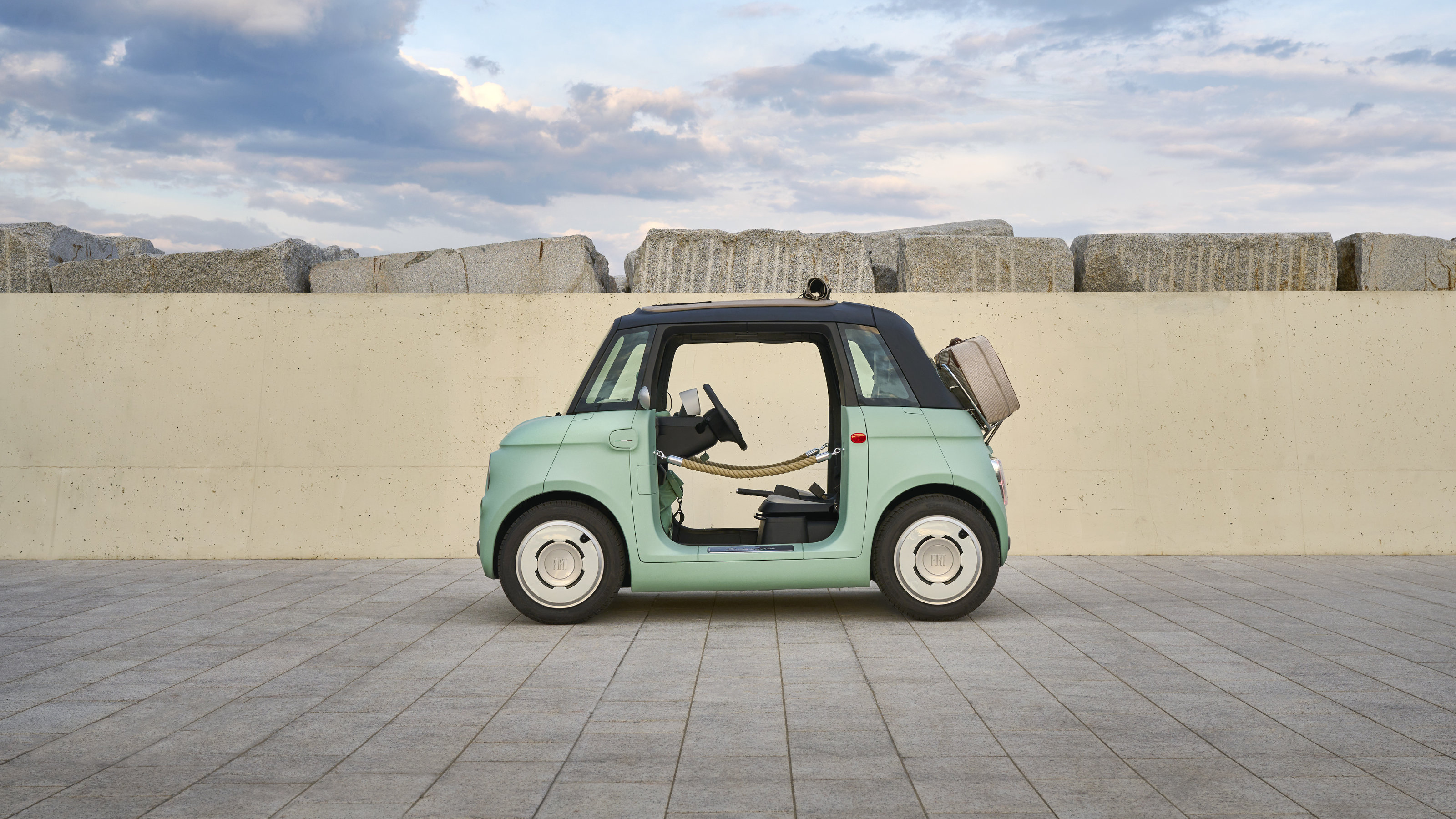 Year in review: top 10 transport design stories of 2023, selected by Wallpaper’s Jonathan Bell
Year in review: top 10 transport design stories of 2023, selected by Wallpaper’s Jonathan BellJonathan Bell’s top 10 transport design stories of 2023 span from electric campers and microcars to flying yachts and classic car recreations
-
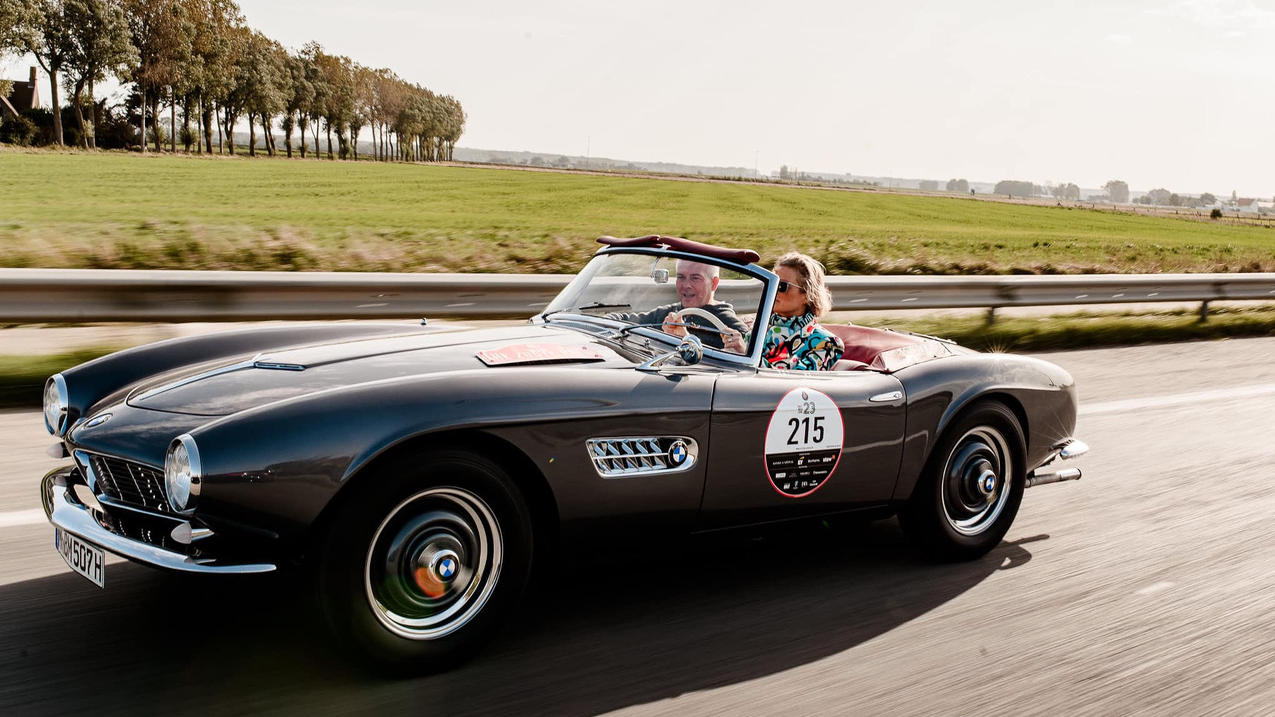 Zoute Grand Prix is a car fest like no other at a pristine Belgian beachside town
Zoute Grand Prix is a car fest like no other at a pristine Belgian beachside townAmy Serafin takes to the well-heeled streets of Knokke-Heist to experience the Zoute Grand Prix, its annual cavalcade of classic car-related events, from a rally to an auction